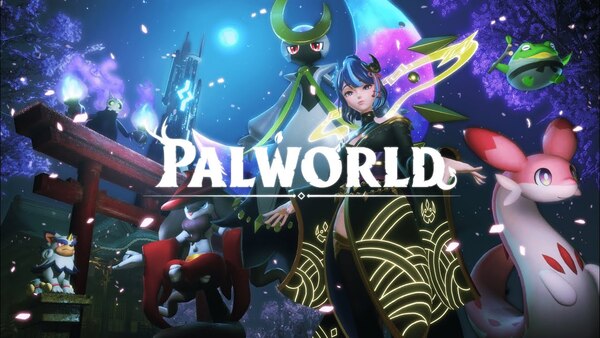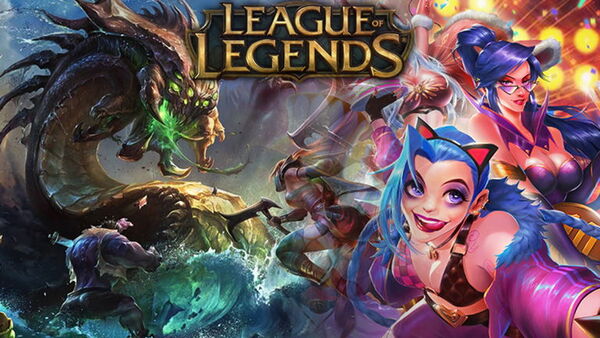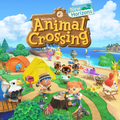Advertisement
Popular Now
Introduction
Pokémon Go, the mobile augmented reality game developed by Niantic, became a global phenomenon upon its release in 2016, bringing millions of players together to explore the real world while capturing virtual Pokémon. At its peak, Pokémon Go not only revolutionized mobile gaming but also fostered a strong sense of community, with players gathering at “PokéStops” and participating in community events. However, as the years have gone by, Pokémon Go has experienced a decline in community engagement, which poses significant challenges for its long-term sustainability. This article explores the issue of declining community engagement in Pokémon Go, examining the causes behind it, its impact on the player base, and potential solutions for revitalizing the game's sense of community. We will dive into the role of Niantic’s decisions, the evolution of in-game events, and the shift in player motivations to better understand how these factors have contributed to the game’s current state.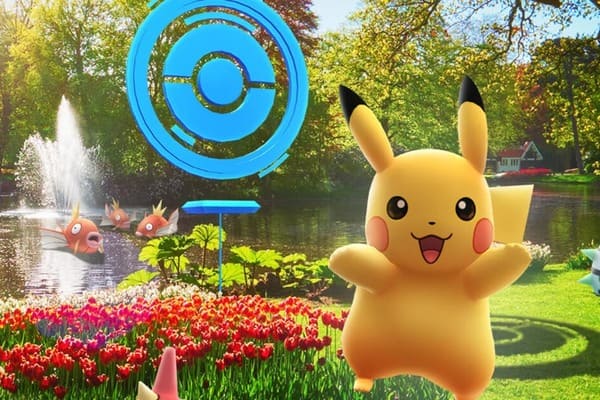
1. The Early Success: A Community-Powered Phenomenon
When Pokémon Go was first launched in July 2016, it sparked an unprecedented level of interest and excitement, drawing players of all ages and backgrounds. The game’s innovative use of augmented reality allowed players to interact with the real world in new ways, creating a unique sense of community and connection. Players congregated in parks, landmarks, and public spaces to catch Pokémon, battle in gyms, and participate in local events.1.1 The Social Impact of Pokémon Go’s Launch
The immediate success of Pokémon Go was also driven by its social elements. Players formed groups, participated in “team” activities, and communicated via social media platforms to coordinate meet-ups and raids. This sense of community was a key selling point, with in-person interactions and real-world exploration being central to the experience. The game's simple, yet compelling, premise encouraged players to get outside and explore, which was a refreshing change from the sedentary nature of many mobile games at the time. Public spaces became gathering points, fostering a sense of shared experience that helped cement Pokémon Go as a cultural phenomenon.1.2 The Event-Driven Community Model
Niantic capitalized on the growing sense of community by organizing special in-game events like Pokémon GO Fest, Community Days, and various seasonal events. These events offered players opportunities to catch rare Pokémon, engage in team challenges, and even earn exclusive in-game rewards. These limited-time events played a significant role in bringing players together and kept the game feeling fresh. However, the reliance on event-driven community engagement meant that once these events were over, the sense of community would often dissipate, leaving players to wait for the next big event to reignite their interest.2. The Slow Decline: Changes in Gameplay and Monetization
As Pokémon Go entered its second and third years of operation, several factors began to contribute to a decline in active players. While the game’s initial success was driven by novelty, the long-term engagement began to suffer from issues related to gameplay, monetization, and the evolving design choices made by Niantic.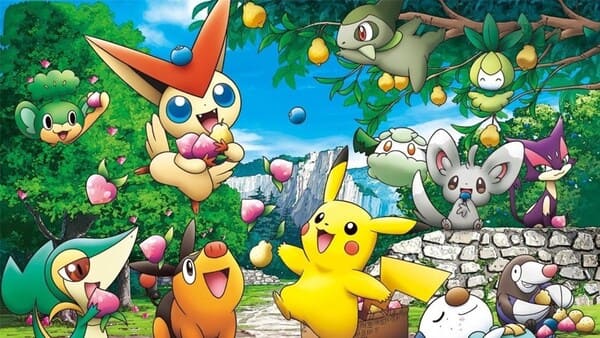
2.1 Fatigue and Repetitiveness
One of the first signs of a decline in community engagement was the repetitive nature of the gameplay. The core loop of capturing Pokémon, battling gyms, and participating in raids remained largely the same, while the new content introduced by Niantic, such as new Pokémon generations, was often slow and predictable. This lack of meaningful innovation led to a sense of stagnation among long-time players. Over time, many of the original players who had been drawn to the game by its novelty began to lose interest as they realized that the gameplay formula had not significantly changed since the early days. The lack of new features or gameplay modes that offered long-term excitement created a sense of burnout, particularly for those players who had already captured most of the available Pokémon and reached higher levels.2.2 Monetization and Microtransactions
Pokémon Go’s monetization model also became a point of contention for players. While the game was free-to-play, players could spend real money on in-game items, such as Poké Balls, Lures, and Premium Raid Passes. This system, which encouraged microtransactions, became increasingly frustrating for some players, especially when Niantic began to introduce pay-to-win mechanics that were seen as unfair or exploitative. The monetization system alienated players who felt that they were being asked to spend money on essential gameplay elements, such as raid passes or special events, which in turn reduced the overall accessibility of the game. For many, the focus on monetization made the game feel more like a cash grab than a meaningful social experience, undermining the sense of community that had initially been so central to its appeal.3. The Role of Remote Raids and Their Effect on Community Play
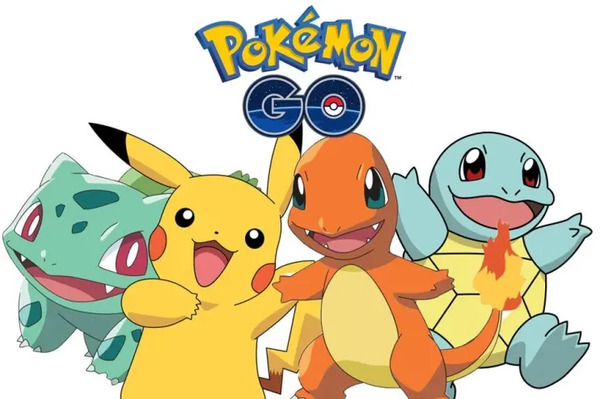 One of the most significant changes to Pokémon Go in recent years has been the introduction of remote raids, which allowed players to participate in raid battles without being physically present at the gym location. While this feature initially seemed like a convenient way to engage with the game, it had unintended consequences for community engagement.
One of the most significant changes to Pokémon Go in recent years has been the introduction of remote raids, which allowed players to participate in raid battles without being physically present at the gym location. While this feature initially seemed like a convenient way to engage with the game, it had unintended consequences for community engagement.











